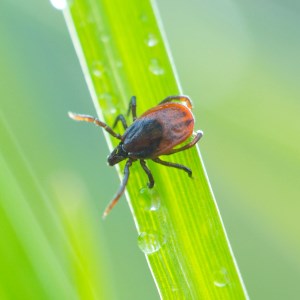Facts:
The one-year project was launched in 2018 and was financed by SLU Future One Health (previously SLU Future Animals, Nature and Health).
SLU Future One Health supports interdisciplinary research that is part of the One Health concept – optimal health and welfare for both humans and animals in sustainable ecosystems.
Read more about SLU Future One Health, ongoing research projects and forthcoming funding opportunities.
